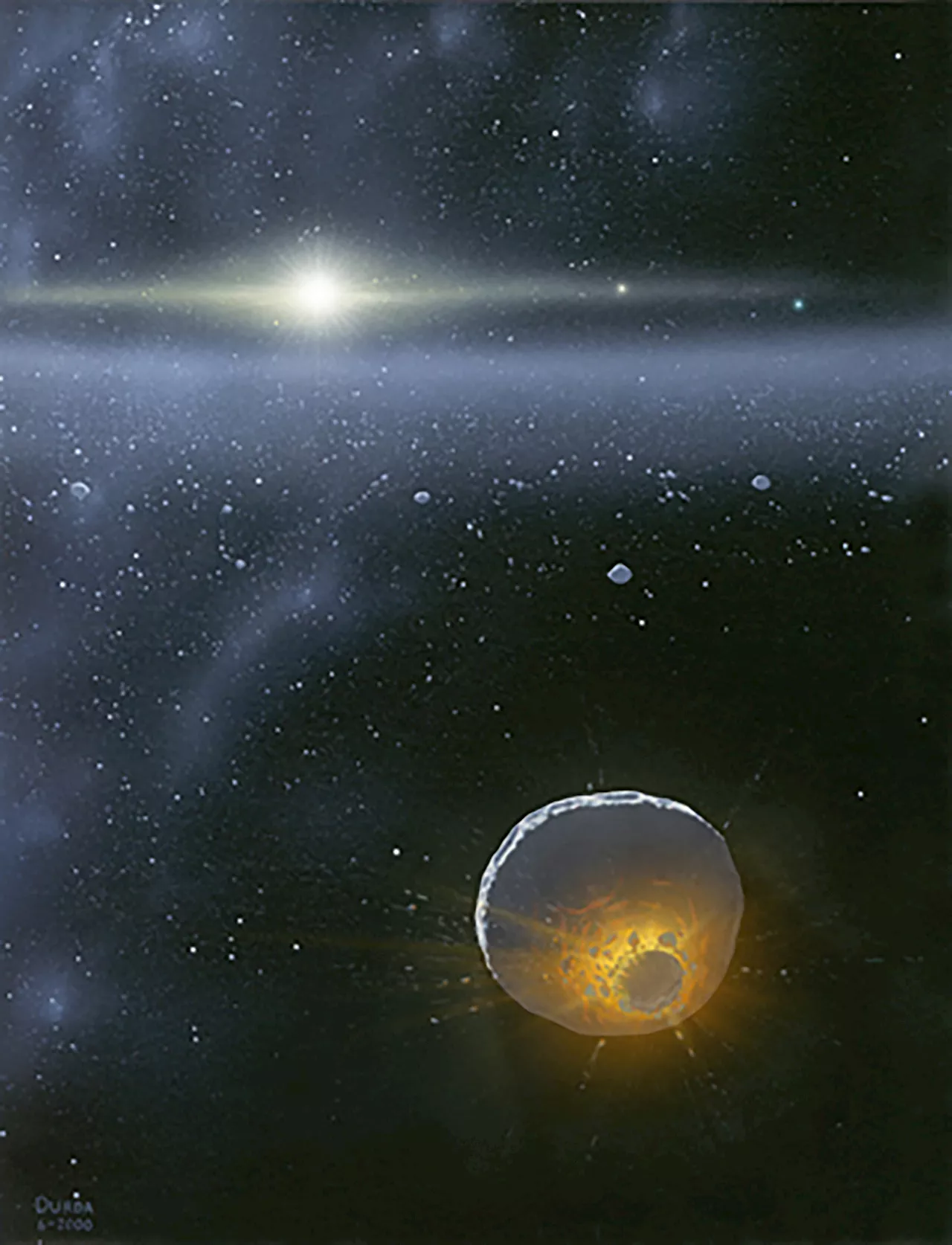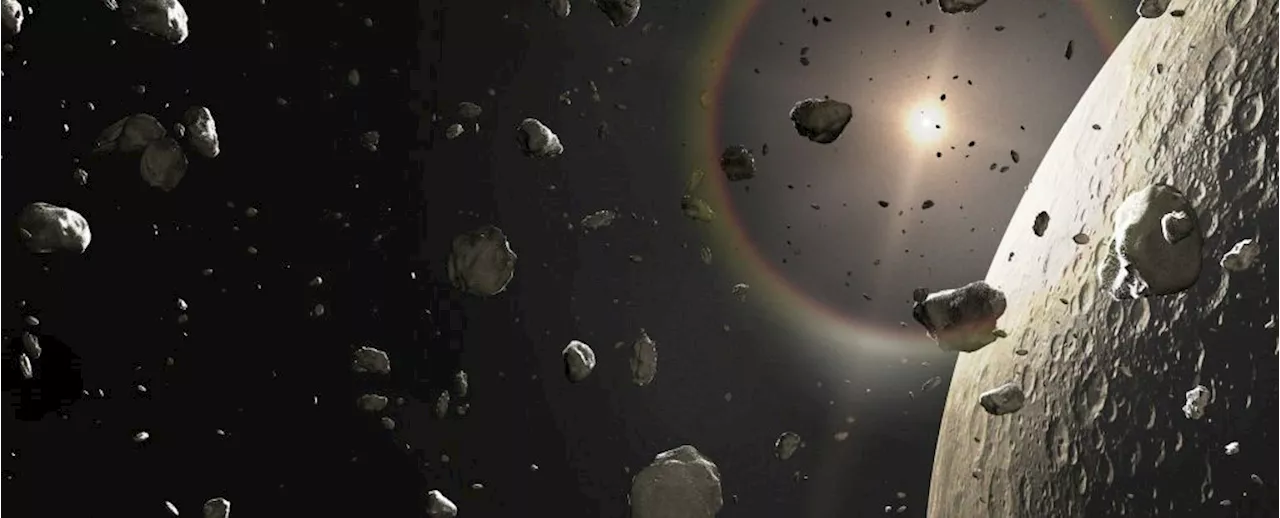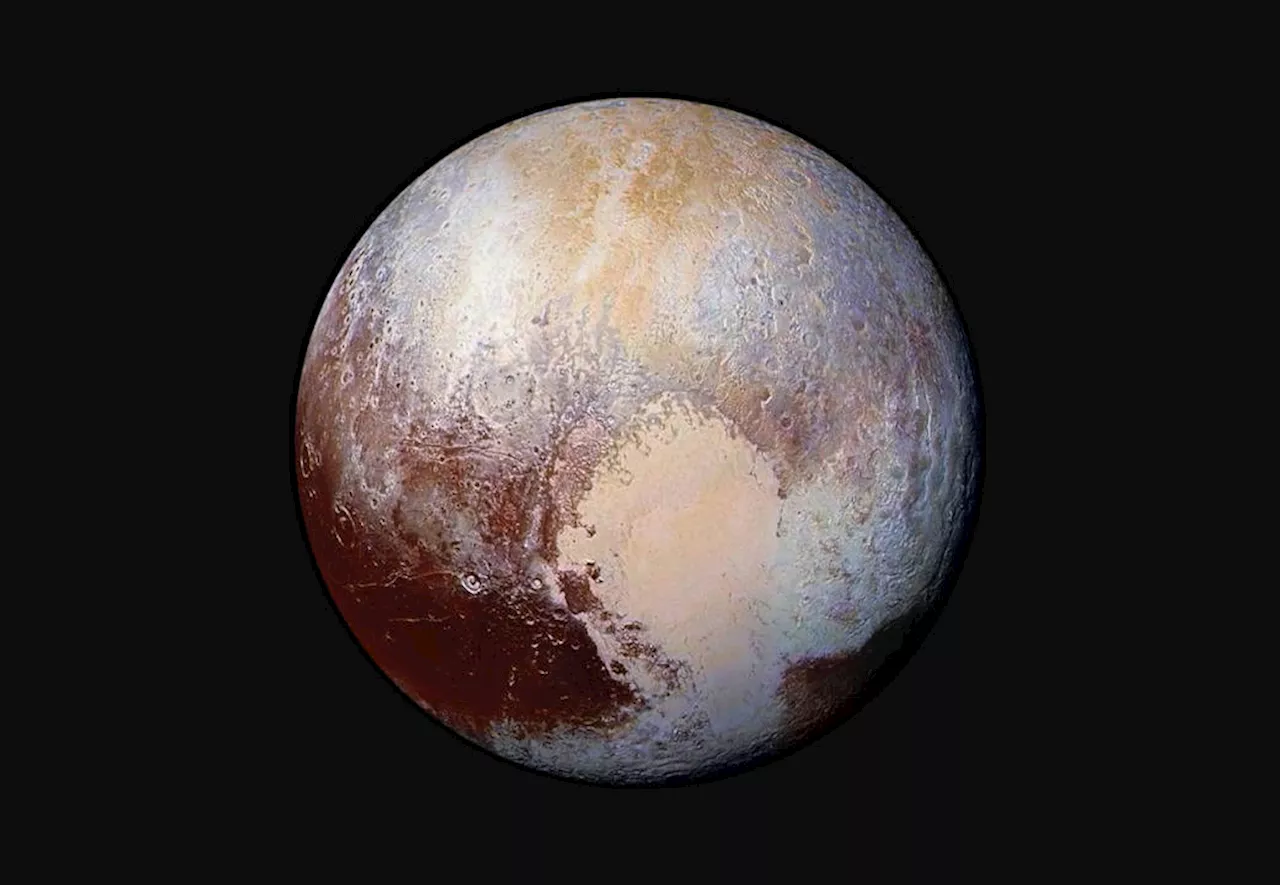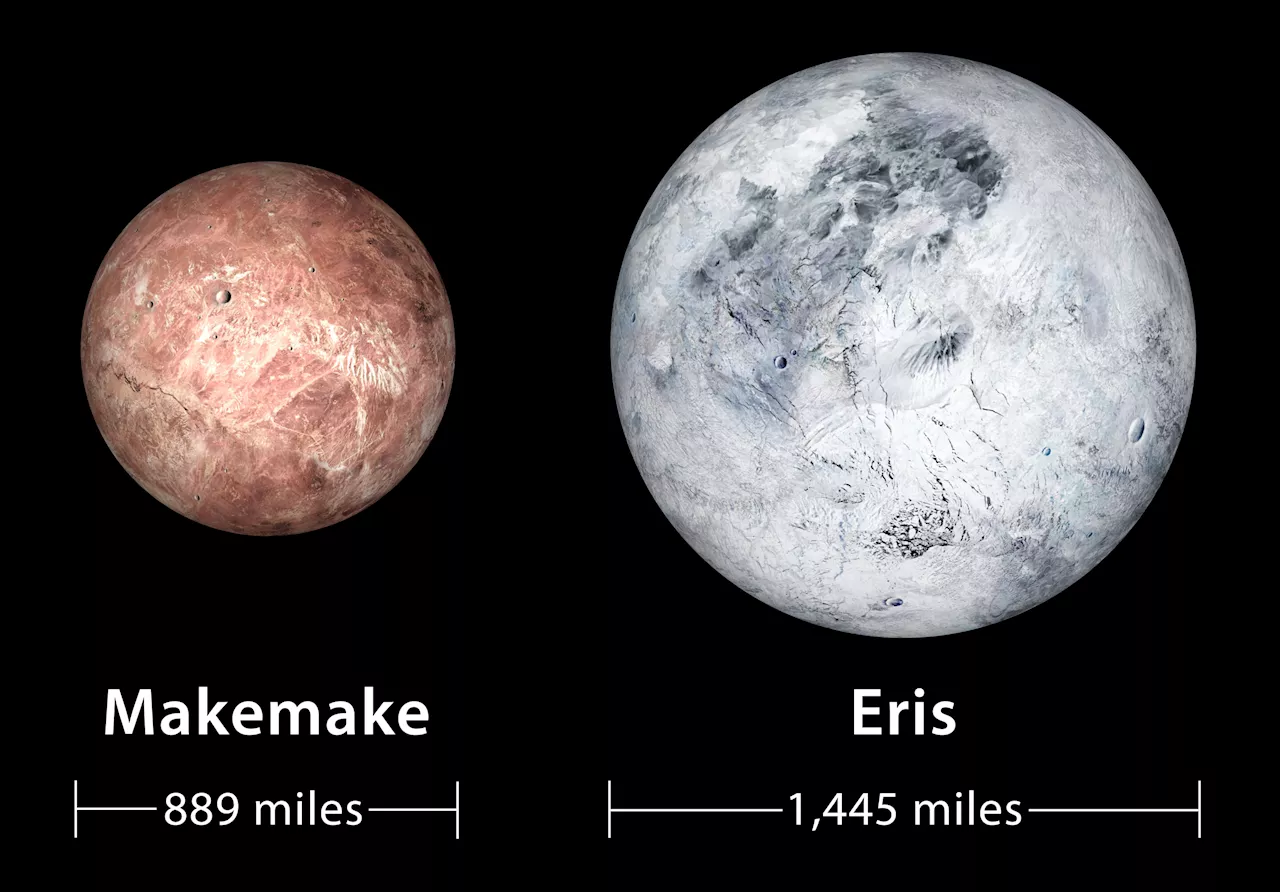A new paper presents findings about the Kuiper Belt Object 486958 Arrokoth, shedding new light on the preservation of volatile substances like carbon monoxide in such distant celestial bodies.
The research uses Arrokoth as a case study to propose that many Kuiper Belt Objects -- remnants from the dawn of our solar system -- could still retain their original volatile ices, challenging previous notions about the evolutionary path of these ancient entities.presents findings about the Kuiper Belt Object 486958 Arrokoth, shedding new light on the preservation of volatile substances like carbon monoxide in such distant celestial bodies.
Previous KBO evolution models have needed help predicting the fate of volatiles in these cold, distant objects. Many relied on cumbersome simulations or flawed assumptions, underestimating how long these substances could last. The new research offers a simpler yet effective approach, likening the process to how gas escapes through porous rock.
This study challenges existing predictions and opens up new avenues for understanding the nature of comets and their origins. The presence of such volatile ices in KBOs supports a fascinating narrative of these objects as"ice bombs," which activate and display cometary behavior upon altering their orbit closer to the sun. This hypothesis could help explain phenomena like the intense outburst activity of comet 29P/Schwassmann- Wachmann, potentially changing the understanding of comets.
Astronomers used NASA's James Webb Space Telescope to image the warm dust around a nearby young star, Fomalhaut, in order to study the first asteroid belt ever seen outside of our solar system in ...
Canada Latest News, Canada Headlines
Similar News:You can also read news stories similar to this one that we have collected from other news sources.
 NASA’s New Horizons Detects Dusty Hints of Extended Kuiper BeltNew observations from NASA’s New Horizons spacecraft hint that the Kuiper Belt – the vast, distant outer zone of our solar system populated by hundreds of
NASA’s New Horizons Detects Dusty Hints of Extended Kuiper BeltNew observations from NASA’s New Horizons spacecraft hint that the Kuiper Belt – the vast, distant outer zone of our solar system populated by hundreds of
Read more »
 NASA's New Horizons Discovered a Large Surprise in The Kuiper BeltThe Best in Science News and Amazing Breakthroughs
NASA's New Horizons Discovered a Large Surprise in The Kuiper BeltThe Best in Science News and Amazing Breakthroughs
Read more »
 Our solar system map may need an update — the Kuiper belt could be way biggerKeith Cooper is a freelance science journalist and editor in the United Kingdom, and has a degree in physics and astrophysics from the University of Manchester.
Our solar system map may need an update — the Kuiper belt could be way biggerKeith Cooper is a freelance science journalist and editor in the United Kingdom, and has a degree in physics and astrophysics from the University of Manchester.
Read more »
 Kuiper Belt may be even bigger than we thoughtAccording to data from NASA's New Horizons , the Kuiper Belt may expand further out than we previously thought.
Kuiper Belt may be even bigger than we thoughtAccording to data from NASA's New Horizons , the Kuiper Belt may expand further out than we previously thought.
Read more »
 Scientists find evidence of geothermal activity within icy dwarf planetsA team co-led by Southwest Research Institute found evidence for hydrothermal or metamorphic activity within the icy dwarf planets Eris and Makemake, located in the Kuiper Belt.
Scientists find evidence of geothermal activity within icy dwarf planetsA team co-led by Southwest Research Institute found evidence for hydrothermal or metamorphic activity within the icy dwarf planets Eris and Makemake, located in the Kuiper Belt.
Read more »
 The Brightest Object Ever Seen in the UniverseSpace and astronomy news
The Brightest Object Ever Seen in the UniverseSpace and astronomy news
Read more »
